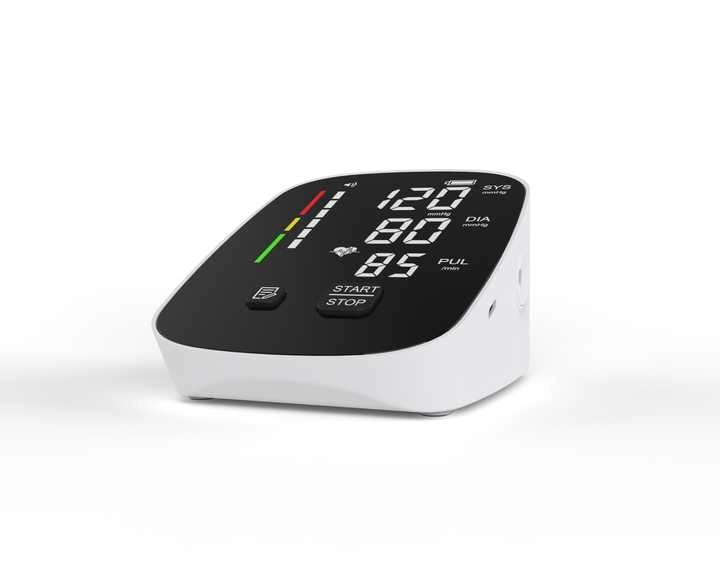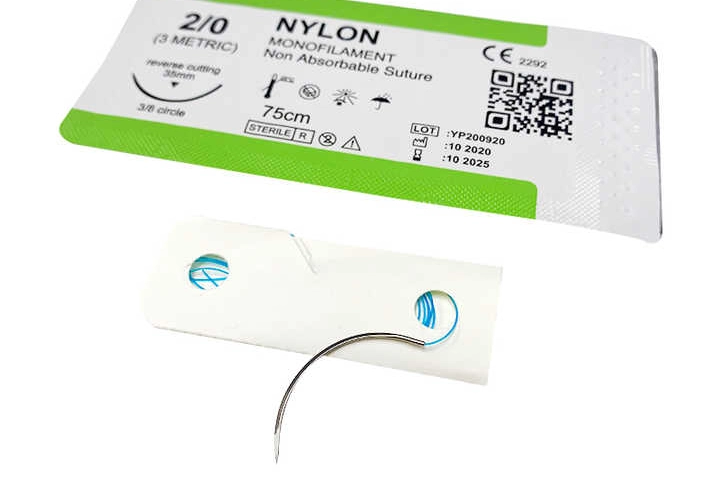
Importance of Blood Pressure Monitors in Home Healthcare
Benefits of Tracking Blood Pressure at Home
Checking blood pressure at home is now a key part of today’s healthcare. It’s especially important for people handling long-term issues like high blood pressure. Keeping an eye on blood pressure regularly gives helpful clues about heart health. It lets you catch problems early. Home tracking helps people take charge of their wellness. They don’t need to visit doctors all the time. This ease saves time. It also lowers medical bills.
For folks with conditions like hypertension or heart disease, home checks show if medicines and lifestyle changes are working. The data helps doctors make smart choices. They use reliable numbers gathered over time. Plus, taking readings in a relaxed setting often gives truer results. In clinics, stress can mess up measurements.
How Regular Checks Support Preventative Care
Preventative care is a foundation of good health management. Regular blood pressure checks play a huge role here. Spotting unusual patterns early lets people act before things get bad. For example, noticing high readings can lead to quick fixes. These might mean eating healthier, exercising more, or adjusting meds.
Steady tracking also shows how things like stress, sleep, or eating habits affect blood pressure. This info arms people with ways to make better choices. They can avoid things that worsen their condition. Plus, routine checks encourage taking charge of health. People can fix small changes before they turn into big issues like strokes or heart attacks.
Boosting Patient Knowledge and Involvement
One big plus of home blood pressure monitors is how they raise awareness. They get people involved in their health journey. Seeing instant health data makes folks more likely to follow treatment plans. They also pick wiser lifestyle habits. This feeling of control often brings better health results.
Sharing home-tracked numbers with doctors makes appointments more useful. Patients can give detailed daily readings. This lets doctors fine-tune treatments better. Many digital monitors now connect to apps or online platforms. This makes sharing data with caregivers simple and builds teamwork.
Features to Look for in Affordable Blood Pressure Monitors
Accuracy and Dependability of Readings
A blood pressure monitor needs to be spot-on to give trustworthy health info. Today’s devices use high-tech sensors and systems to provide exact readings. These match what you’d get at a clinic. When choosing a budget-friendly monitor, pick ones approved by trusted groups like the American Heart Association (AHA).
Dependable devices cut errors from things like a badly placed cuff or moving during a check. Getting a consistent monitor means users get solid updates on their heart health.
Ease of Use for Everyone
A monitor should be easy to use for all ages. This includes older adults who might not know much about tech. Things like big screens, simple buttons, and clear guides make devices friendly.
Automatic monitors that start with one tap are great for seniors or those with mobility issues. Also, cuffs that fit different arm sizes keep things comfy and accurate.
Extra Features for Full Health Tracking
In our tech-driven world, many low-cost monitors come with neat extras for better health tracking. These include checking heart rate, spotting odd heartbeats, and saving data for multiple people. Some even link to phones via Bluetooth.
Advanced models might tie into fitness trackers or apps. These let users look at patterns over time and set personal goals. Such features make tracking easier. They also keep people motivated to manage their health long-term.
Medco offers a great lineup of affordable medical supplies for home healthcare needs. Their blood pressure monitors are precise and simple to use for all ages. These devices have smart extras like irregular heartbeat alerts and Bluetooth. Yet, they stay wallet-friendly. Medco’s focus on quality and low cost shows they want healthcare to reach everyone.
The Impact of Home Blood Pressure Monitors on Family Health Management
Helping Manage Long-Term Conditions

Home blood pressure monitors are vital for dealing with ongoing health issues, especially high blood pressure. Regular checks give people key info to shape treatment plans and lifestyle shifts. For those with heart conditions, steady tracking shows if meds or diet changes are helping. This instant feedback lets doctors make well-informed calls. They rely on clear patterns seen over time.
Checking blood pressure at home also lowers the chance of problems from uncontrolled hypertension. Think strokes or heart attacks. With frequent, solid readings, people better understand how diet, exercise, stress, or sleep affects them. This hands-on approach builds responsibility. It pushes patients to stick closely to medical advice and therapies.
Plus, home tracking can spot patterns missed during occasional doctor visits. For example, some folks get “white coat syndrome.” Their blood pressure spikes in clinics due to nerves. Measuring at home often gives a clearer view of their real health.
Cutting Down on Frequent Doctor Visits
Constant doctor trips can take up time and money for families managing chronic issues. Home blood pressure monitors offer a low-cost fix. They cut the need for clinic visits just to check blood pressure. This saves time. It also reduces costs like travel or appointment fees.
For caregivers looking after elderly relatives or those with mobility challenges, home tracking is a lifesaver. It skips the hassle of frequent hospital trips. Still, it keeps vital health info flowing. Many modern devices let users send readings to doctors via apps or online platforms. This smooth setup allows remote check-ins and quick action without in-person visits.
During health crises or pandemics, when getting to clinics is hard, home monitors are even more crucial. They let families keep up with health routines safely. Self-checking cuts exposure risks while keeping chronic conditions under control.
Encouraging Health Awareness in Families
Bringing a blood pressure monitor into a home does more than track numbers. It builds a culture of health awareness among family members. Seeing clear data about heart health sparks talks about prevention and better habits.
Parents can use monitors to teach kids why a healthy heart matters. They can talk about balanced eating and staying active. Likewise, adults can cheer each other on to ditch bad habits like smoking or too much salt. These shared efforts create a home where everyone values wellness.
Plus, talking about home-tracked data during family chats opens up health discussions. It helps everyone tackle concerns together. They can get expert help when needed. Over time, this teamwork strengthens family ties. It also builds a forward-thinking approach to health.
Medco provides a full range of affordable medical supplies to improve home healthcare. Their blood pressure monitors blend precision with features that suit all ages. These include irregular heartbeat alerts and easy data sharing via Bluetooth. By offering top-notch products at fair prices, Medco shows its dedication to helping families take charge of their health. Contact us for your home need!
FAQ
Q: Why are home blood pressure monitors important for patients?
A: Home blood pressure (BP) monitors enable patients to track their BP regularly, detect fluctuations, and manage conditions like hypertension or hypotension. This proactive monitoring reduces reliance on clinic visits and helps in making timely adjustments to medication or lifestyle.
Q: What types of home BP monitors are available from affordable medical suppliers?
A: Common options include:
Upper-arm monitors: Accurate and easy to use, often with automatic inflation and memory storage (e.g., SK-X60 model with Omron integration).
Wrist monitors: Compact and portable, ideal for travel.
Smart BP monitors: Connect to apps for data tracking and share results with healthcare providers.
Q: How do affordable suppliers ensure the reliability of their BP monitors?
A: Reputable suppliers source devices that meet medical standards (e.g., AAMI/ISO certifications) and offer features like:
Optical pressure sensors for precision.
LCD touchscreens for clear readings.
Multi-user memory to track individual trends.




